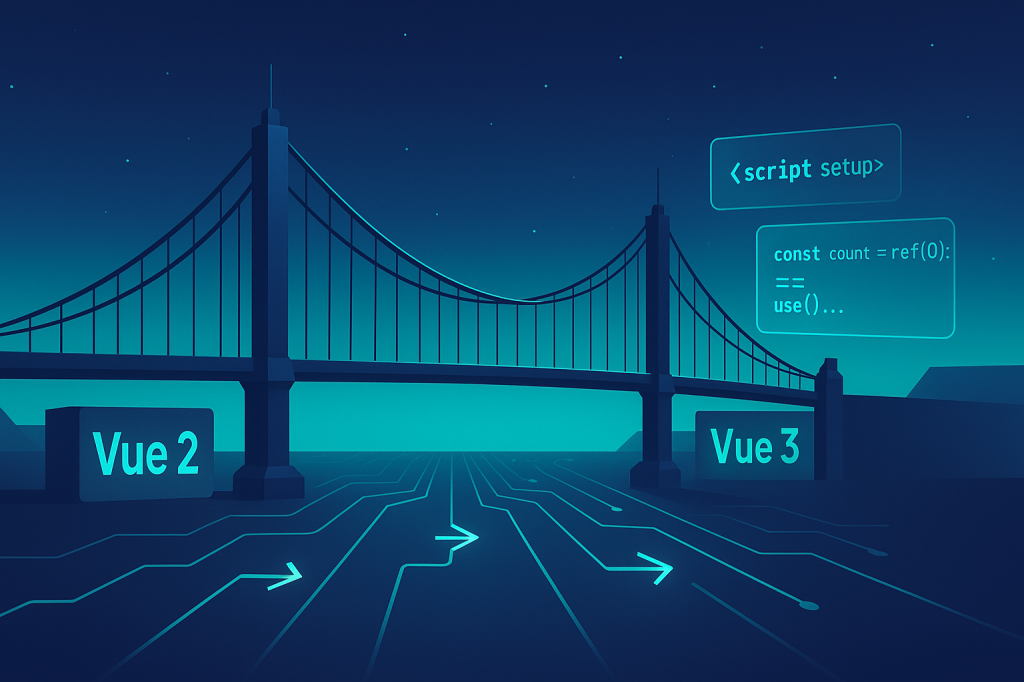The landscape of software development outsourcing
In the dynamic world of software development, outsourcing has become a pivotal strategy for many companies looking to expand capabilities while managing costs. There are three primary outsourcing models: onshore, nearshore, and offshore. Each offers unique benefits and challenges, and choosing the right one can be a game-changer for your project’s success. This post aims to demystify these models, outlining their fundamental differences and the pros and cons of each.
Onshore Development
Onshore development, involving outsourcing software projects within your own country, is characterized by cultural and time zone alignment, facilitating communication and legal compliance, albeit with higher costs and a more limited talent pool.
Advantages
- Cultural and language alignment: Ensures fewer communication barriers and a better understanding of market-specific requirements. It also helps maintain brand voice and consistency of customer experience.
- Easier collaboration: Being in the same time zone facilitates real-time communication and faster decision-making. This can lead to more efficient project management and quicker resolution of issues.
- Legal and financial compliance: Shared legal standards and financial practices simplify business dealings. This can be crucial for projects demanding adherence to specific regulatory standards.
Disadvantages
- Higher costs: Onshore development can be significantly more expensive due to higher labor costs in developed countries. This could limit the scope of the project due to budget constraints.
- Limited talent pool: Depending on your country, expertise might be limited, especially in niche technology areas. This can sometimes lead to a compromise on the skill level or specialization needed for the project.
Ideal use cases
Onshore development is ideal for projects involving sensitive data where legal compliance is a priority.
Nearshore Development
Nearshore development involves outsourcing software projects to neighboring countries or regions within similar time zones. This model offers a balance between cost efficiency and easier communication, benefiting from cultural similarities and more convenient time alignment, though it may have higher costs and fewer options than offshore development. In the US, nearshore often means Latin America(LATAM), but can also mean Canada as well.
Advantages:
- Better time zone alignment: This facilitates more accessible communication and project management than offshore options. It also allows for more synchronized working hours, increasing productivity.
- Cultural and language overlaps: Nearshore countries often share cultural traits and languages, reducing misunderstandings. This can enhance team cohesion and the overall working relationship.
- Ease of travel: Proximity allows for easier and more cost-effective travel for in-person meetings. This can be crucial for projects that require occasional physical presence or hands-on involvement.
Disadvantages
- Higher costs than offshore: While usually less costly than onshore, nearshore can be more expensive than offshore options. This can be a significant factor for startups or businesses with tight budgets.
- Limited options: The choice of countries for nearshoring can be limited, especially for countries with fewer neighboring states. This could potentially lead to a compromise on finding the best fit for specific project needs.
Ideal use cases
Nearshore is best for projects that need cost savings, but benefit significantly from geographical and cultural proximity, like agile development projects. Many companies in the US choose Latin American countries like Brazil, Mexico, Chile, Costa Rica, or Argentina for their nearshoring geography.
Work with a team that has experience staffing across all-shores
If you’re looking to explore these options further for your next project, Curotec can provide expert guidance and tailored solutions. With our experience in delivering high-quality software development services, we can help you navigate the complexities of choosing the right outsourcing model. Contact Curotec today to get a quote for building out your onshore, nearshore, or offshore development team.
👋 Are you looking to hire engineers for your product?
Get in touch, and we’ll send you profiles of available engineers. Before you onboard, you can meet and interview engineers risk-free.
Offshore Development
Offshore development refers to outsourcing software projects to distant countries, often on different continents. This approach is known for its cost-effectiveness, accessing a vast global talent pool in regions such as India, the Philippines, Pakistan, and Bangladesh. However, it poses challenges such as time zone differences, cultural and language barriers, and potential complexities in quality control and legal compliance.
Advantages
- Cost-effectiveness: Primarily chosen for cost savings, offshoring offers access to lower labor costs. This can enable businesses to allocate more budget to other aspects of the project.
- Global talent pool: Allows access to a wide range of international expertise and specialized skills. This benefits projects calling for rare or highly specialized technical skills.
- Scalability: Easier to scale up or down based on project requirements. This flexibility can be a significant advantage for projects with fluctuating needs.
Disadvantages
- Time zone challenges: Synchronizing schedules across time zones can complicate communication. This can lead to delays in feedback and potentially slow down the development process.
- Cultural and language barriers: These can lead to misunderstandings and a need for more explicit communication. It may require additional time and resources to ensure clear understanding across teams.
- Quality control: Remote management can sometimes lead to challenges in maintaining project quality. Regular check-ins and robust quality assurance processes are often necessary to mitigate this risk.
Ideal use cases
Offshore development suits projects where cost is a significant factor, and the work can be done independently without frequent real-time collaboration. India has become a global offshore outsourcing hub, along with its neighbors like Pakistan and Bangladesh. Many companies have found excellent engineering talent in these regions.
Choosing the right model for your development project
Choosing between onshore, offshore, and nearshore development depends on your project’s specific needs. Consider factors like budget constraints, project complexity, communication requirements, and the importance of cultural alignment. For instance, a small-scale project with a limited budget might benefit from offshoring, whereas a complex, collaborative project might need onshore or nearshore expertise.
| Factor | Onshore | Nearshore | Offshore |
| Cost | High | Moderate | Low |
| Time Zone Alignment | Excellent | Excellent | Challenging |
| Business Culture Alignment | High | Moderate | Varies |
| Legal and Financial Compliance | High | Moderate | Varies |
| Communication Ease | High | Moderate to High | Moderate to Low |
Conclusion
No one size fits all when it comes to choosing the right development model. Each model – onshore, nearshore, and offshore – has its unique advantages and drawbacks. The decision should align with your project requirements, organizational goals, and strategic priorities. Evaluate your specific situation carefully to make an informed decision. Many companies, especially those with larger engineering organizations, choose to do a blend of two or even all three of these models when bringing talent into their company.









